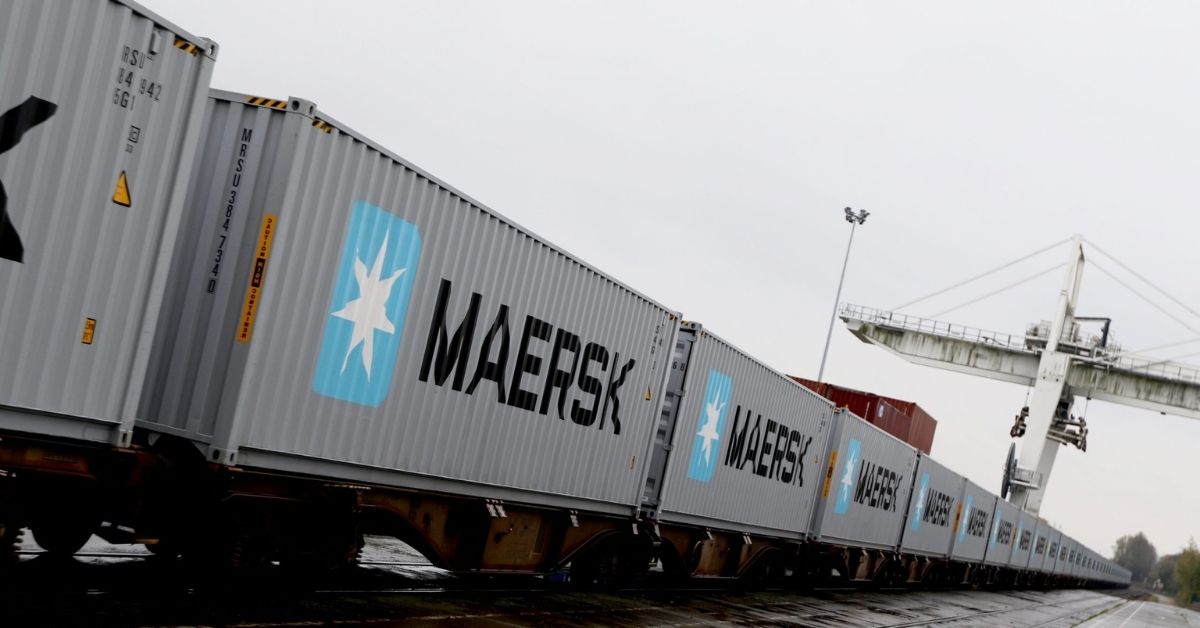Containerisation is growing and despite all the odds, containerisation is the future, said Sanjiv Garg, Managing Director, Pipavav Railway Corporation. “At present, coal logistics generates most of the revenues for the railways, but in the next decade, the share of coal in the cargo mix of railways will steadily come down to about 20%-25% as India moves towards greener fuels. Rice, wheat, and other food grains are shifting to containers. We are entering into containerised rail freight in a big way,” he added.
The traditional mind-set of people is that rail is good for the long haul, and road transport is best suited for short hauls. Cost advantages of rail over road may range from 15% to 20%. So, for any commodity moving inland for a distance of 1,000km, say from Gujarat ports or JNPA to Delhi-NCR, rail movements can score over road.
Maersk has recently roped in PRCL for providing rail-logistics services on a pan-India basis. PRCL is a recent entrant into rail freight movement, in fact it started running its own container trains in September last year. By the end of year 2022, it expects to move 5-10 rakes between Pipavav and various hinterland destinations regularly.
Maersk is targeting a modal shift from road to rail on some of the key routes around the country — say Bengaluru to JNPT and Kolkata to JNPT. A lot of cargo moves through road transport from Hyderabad and Bengaluru to JNPT. Maersk has been able to convert this traffic to rail. In the last one and a half year, it has converted a good deal of chemical movement from South Gujarat via rail.
Many international export/import goods such as garments, shoes, handicrafts, or pharma products move in containers, as the importers prefer to take deliveries in a sealed container rather than in bulk form. Thus industry insiders suggest that, in comparison to domestic bulk cargo like coal, cement or steel, EXIM cargo is easier to shift from road to rail, due to its containerised nature.
Since Maersk controls a sizeable volume of EXIM container trade, it can consolidate the requisite cargo volume required for movement via rail. Also, as it is making so much money in ocean shipping (a major chunk of EXIM movement), it is in a position to provide competitive rates to integrated logistics customers.
It has been reported that Maersk has witnessed a more than 40% increase in volumes across industry verticals such as automotive, FMCG, temperature-controlled segments, retail, lifestyle, and chemicals. Last year, Maersk launched Retail Freight Express for retail and lifestyle customers like Walmart, GAP, WSI, on the Western Dedicated Freight Corridors or DFC (Dadri to Pipavav) with a 67-hour lead-time commitment. “One of our biggest rail segments is retail and lifestyle wherein we are feeding cargo from manufacturers in North India into markets like North America and Europe,” says Vikash Agarwal, Managing Director, South Asia at AP-Moeller Maersk.
Since Maersk is providing last-mile connectivity to the hinterland, many customers do not want cargo to terminate at the ICD and are getting attracted to their service propositions. So, Maersk has added about 274 last-mile delivery points wherein cargo from the ICD will be carried via trucks. Maersk takes the containers back to the port from the ICD, eliminating penalty clauses for customers.
Maersk is also looking at short-haul distances that can be converted to rail. The company launched Maersk Sprint Services for distances less than 500km, say Goa to JNPT.
“If railways, along with the DFCs, can make these freight trains scheduled like a Shatabdi with fixed departure and arrival times, that kind of visibility will be really helpful,” says Mitter from Maersk. Garg of Pipavav argues that the scenario has improved in a post-Covid world for two reasons. The railways have drastically curtailed the movement of slow-moving passenger trains which were a major hindrance to the movement of freight trains. Also, part commissioning of DFC has created additional capacity for movement of freight trains from the northern hinterland to major western ports like JNPT, Pipavav, and Mundhra. “Transit time along these routes has almost reduced by half. JNPT to Delhi-NCR would take a week or so. Now it takes four-five days,” Garg says.








